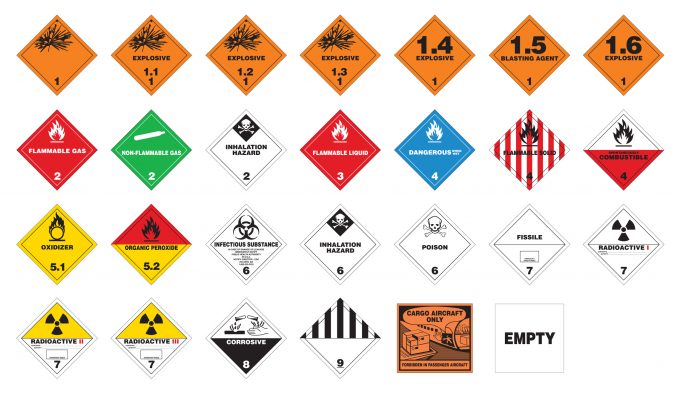Container explodes on Yang Ming box ship in Chinese port
This post was edited at 10am BST on 12 August to include comment from Yang ...
UPS: MULTI-MILLION PENALTY FOR UNFAIR EARNINGS DISCLOSUREWTC: PUNISHEDVW: UNDER PRESSUREKNIN: APAC LEADERSHIP WATCHZIM: TAKING PROFITPEP: MINOR HOLDINGS CONSOLIDATIONDHL: GREEN DEALBA: WIND OF CHANGEMAERSK: BULLISH CALLXPO: HEDGE FUNDS ENGINEF: CHOPPING BOARDWTC: NEW RECORDZIM: BALANCE SHEET IN CHECKZIM: SURGING
UPS: MULTI-MILLION PENALTY FOR UNFAIR EARNINGS DISCLOSUREWTC: PUNISHEDVW: UNDER PRESSUREKNIN: APAC LEADERSHIP WATCHZIM: TAKING PROFITPEP: MINOR HOLDINGS CONSOLIDATIONDHL: GREEN DEALBA: WIND OF CHANGEMAERSK: BULLISH CALLXPO: HEDGE FUNDS ENGINEF: CHOPPING BOARDWTC: NEW RECORDZIM: BALANCE SHEET IN CHECKZIM: SURGING

Few who watched the spectacular fireworks that ushered in the new year around the world would have thought about the logistics behind the displays.
Even fewer were aware that one of the dangerous goods regulations changes introduced on 1 January relates to classification requirements for the transport of explosives .
If those involved with these products are not aware of the new regulations, problems will inevitably follow.
Changes to dangerous goods regulations move on a two-year cycle, and new ICAO air regulations came into effect on new year’s day. There are transitional periods of six months for road (ADR) and rail (RID) regulations and 12 months for maritime (IMDG) regulations.
The new regulations range from small editorial corrections to major initiatives that can have a large impact on how dangerous goods move around the world. This year, a lot of the focus is on lithium batteries, particularly when they move by air, where shippers face more and more restrictions and many are struggling to move their freight around the world.
Many airlines now refuse to accept lithium batteries, and the packaging requirements have changed again. New marks and labels have been unveiled, although there is a lengthy transitional period when both the former and the new versions can be used.
The packing instructions for a lithium ion battery shipped by air – the type you might find in your laptop – extends over four pages, comprising 128 lines and two tables. By way of comparison, should you wish to ship a 1-litre pot of paint by air, the packing instruction consists of 16 lines and one table.
The frequent changes for the transport of lithium batteries show how regulatory creep can make life very complicated, while other changes are a reaction to new technologies. So, engines have been subdivided into some new UN numbers that relate to their method of power, as in addition to petrol-powered engines, there are now fuel cell and gas-powered alternatives.
Those involved with polymerising substances will find some of their shipments not previously declared as dangerous goods subject to the regulations in the future.
This group of chemicals can react with air and other elements to produce fire, toxic fumes or both, and a series of major incidents including injuries and fatalities in transport has led to their inclusion in the new regulations.
For those involved with dangerous goods, ignorance of the new regulations is not an option. At best, it will lead to delayed shipments and dissatisfied customers, and at worst potential accidents with legal consequences and reputational damage. To ensure compliance, you can study the sections of the new regulations that affect you, or seek guidance from a dangerous goods safety adviser and other experts.
Nicholas Mohr DGSA is managing director of Peter East Associates Ltd, a specialised dangerous goods training and consultancy business. www.petereast.com
Comment on this article